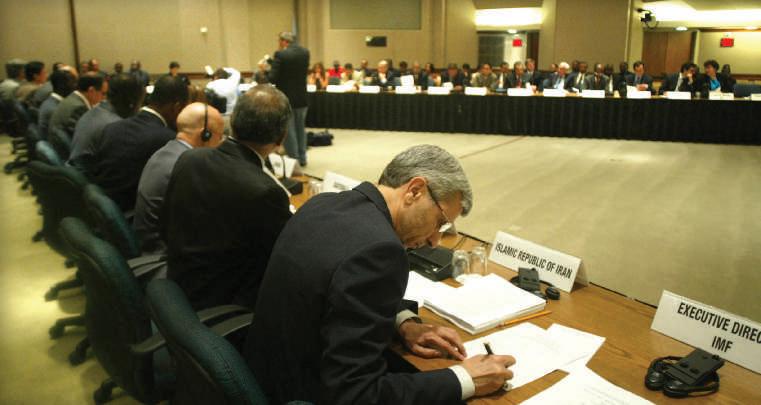G lo b al St r ateg i c H u m an Re s o u r ce Manage m ent
271
or group rather than on their individual job performance. Workers in such countries may expect the community to help take care of them, just as they expect to contribute to taking care of others. 11-1-2d Masculinity/Femininity This dimension is not to be confused with male dominance or women’s rights; instead it relates to values that are traditionally associated with one gender or the other. Highly masculine cultures place a high value on things like competition, assertiveness, and achievement. Japan, Austria, and Mexico are among the most masculine cultures. Other countries, such as Sweden and Norway, are at the feminine end of the scale, putting high values on things like care for the weak and relationships. Workplaces in more feminine countries, for example, may be likely to have more liberal policies regarding sick days, disability pay, and parental leave than those in more masculine countries. 11-1-2e Long-Term/Short-Term Orientation This factor involves the extent to which members of a given society value long-term planning and looking to the future as opposed to a more immediate short-term perspective. Many Asian countries, such as China and Japan, have this kind of orientation. In contrast, a much more shorter-term orientation exists in the United States and Britain. Workplaces in longer-term-oriented countries may place greater emphasis on worker retirement savings programs and pensions than those in the United States. When we consider these dimensions of cultural differences, it is easy to see how they have a tremendous impact on the conduct of international HRM and the appropriateness of given HRM practices in certain countries. For example, it may be difficult to implement highly stratified compensation packages tied to individual performance in more collectivist-oriented countries. In such countries, compensation structures based on team performance or seniority may be far more effective. Multinational corporations managing operations around the globe need to be keenly aware of these issues, particularly with respect to moving employees from one country to another. For example, an executive who grew up and worked most of his or her life in a high power distance country like Mexico or Japan will be used to being addressed as “Mr.” or “Ms.” This executive may have trouble adjusting to an executive role in a low power distance country like Denmark or the Netherlands where all employees call each other by their first names. At the very least, good strategic HRM makes sure that executives making such transitions are well trained with respect to the cultural values in their new home country.
11-1-3 R egulatory Issues Including Immigration and Border Security Countries around the globe have vastly different regulatory legal-political systems and structures that govern the conduct of HRM. As we will see later in this chapter, some of these regulations pertain to the ability of employees to form labor unions and engage in collective bargaining. In Canada, for example, labor relations are basically regulated at the provincial level (e.g., by the province of Ontario) rather than at the national level. Such provincial regulation generally makes it considerably easier for employees to join labor unions than does the federal regulatory scheme pertaining to labor relations that exists in the United States. With respect to employee working hour regulations, in 1998 France instituted its wellpublicized 35-hour work week. France began its experiment with a shorter workweek with the idea that it would help lead to employers hiring more workers, thus reducing the country’s chronically relatively high unemployment rate.5 There was some evidence that such job creation did initially take place, and other countries began at least partially emulating the Copyright 2017 Cengage Learning. All Rights Reserved. May not be copied, scanned, or duplicated, in whole or in part. Due to electronic rights, some third party content may be suppressed from the eBook and/or eChapter(s). Editorial review has deemed that any suppressed content does not materially affect the overall learning experience. Cengage Learning reserves the right to remove additional content at any time if subsequent rights restrictions require it.







































